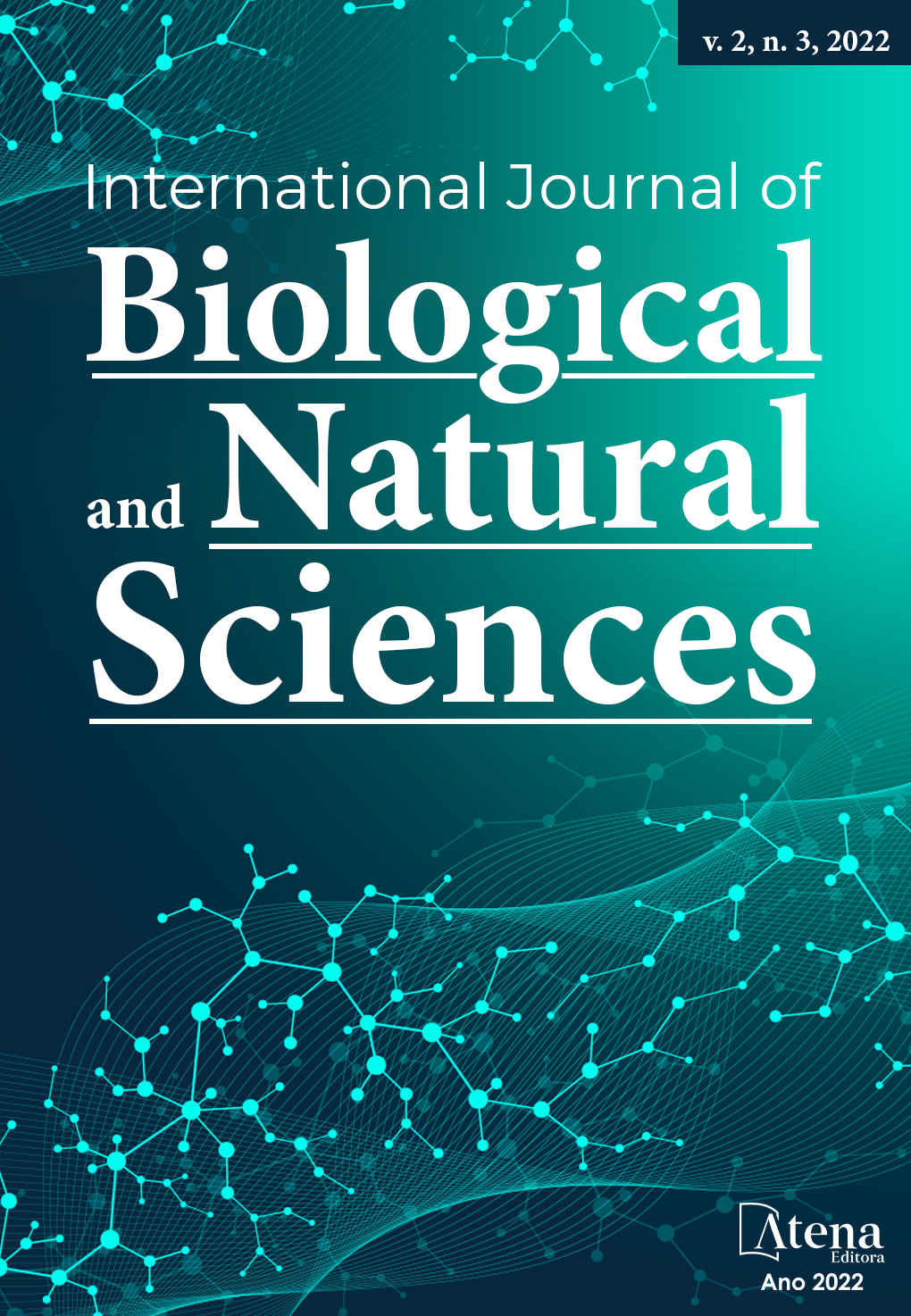
SELF-MEDICATION: NON-STEROID ANTI-INFLAMMATORY AND THEIR ADVERSE EFFECTS
INTRODUCTION: Self-medication of non-steroidal anti-inflammatory drugs has become common practice as a number of NSAIDs are available over-the-counter and are widely used to treat minor aches and pains and other ailments. GOAL: To present the mechanisms, the main non-steroidal anti-inflammatory drugs and their adverse effects in the practice of self-medication according to the literature. METHODOLOGY: This is a literature review carried out in open databases (LILACS, BDENF, MEDLINE). The inclusion criteria established were: original articles made available in full and online in Portuguese or English, book chapters and dissertations or theses published in the period between 2009 and 2016. RESULTS AND DISCUSSIONS: The main factors that encourage the practice of self-medication are: the ease of buying medicines without a prescription and the rapid relief of symptoms. Regarding the overdose of these drugs, one of the reasons for the occurrence of this refers to the use of old medical prescriptions by patients who have had previous experiences with NSAIDs, because in many cases the dose prescribed in the old prescription does not have the desired effect, thus causing overdose. In the adolescent population, the main justification for the practice of self-medication was pain, especially headaches, along with advertisements. CONCLUSION: The rapid relief of pain stands out as the main cause for the practice of self-medication by young people, adults and the elderly.
SELF-MEDICATION: NON-STEROID ANTI-INFLAMMATORY AND THEIR ADVERSE EFFECTS
-
DOI: 10.22533/at.ed.813232228048
-
Palavras-chave: Anti-inflammatory. Painkillers. Self-medication. Adverse effects
-
Keywords: Anti-inflammatory. Painkillers. Self-medication. Adverse effects
-
Abstract:
INTRODUCTION: Self-medication of non-steroidal anti-inflammatory drugs has become common practice as a number of NSAIDs are available over-the-counter and are widely used to treat minor aches and pains and other ailments. GOAL: To present the mechanisms, the main non-steroidal anti-inflammatory drugs and their adverse effects in the practice of self-medication according to the literature. METHODOLOGY: This is a literature review carried out in open databases (LILACS, BDENF, MEDLINE). The inclusion criteria established were: original articles made available in full and online in Portuguese or English, book chapters and dissertations or theses published in the period between 2009 and 2016. RESULTS AND DISCUSSIONS: The main factors that encourage the practice of self-medication are: the ease of buying medicines without a prescription and the rapid relief of symptoms. Regarding the overdose of these drugs, one of the reasons for the occurrence of this refers to the use of old medical prescriptions by patients who have had previous experiences with NSAIDs, because in many cases the dose prescribed in the old prescription does not have the desired effect, thus causing overdose. In the adolescent population, the main justification for the practice of self-medication was pain, especially headaches, along with advertisements. CONCLUSION: The rapid relief of pain stands out as the main cause for the practice of self-medication by young people, adults and the elderly.
-
Número de páginas: 9
- Eva Anny Wélly de Souza Brito
- Samya Pinheiro Rocha
- Paulo Rômulo de Oliveira Filho
- Jakelina Rogério Nogueira
- Dayana Leite de Araújo
- Aline de Oliveira Freitas
- Vanessa Vieira David Serafim
- Antônio Rafael Fernandes Félix
- João Paulo Fernandes de Souza
- RENATA GOMES MOTA


